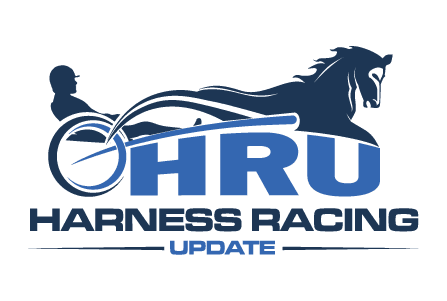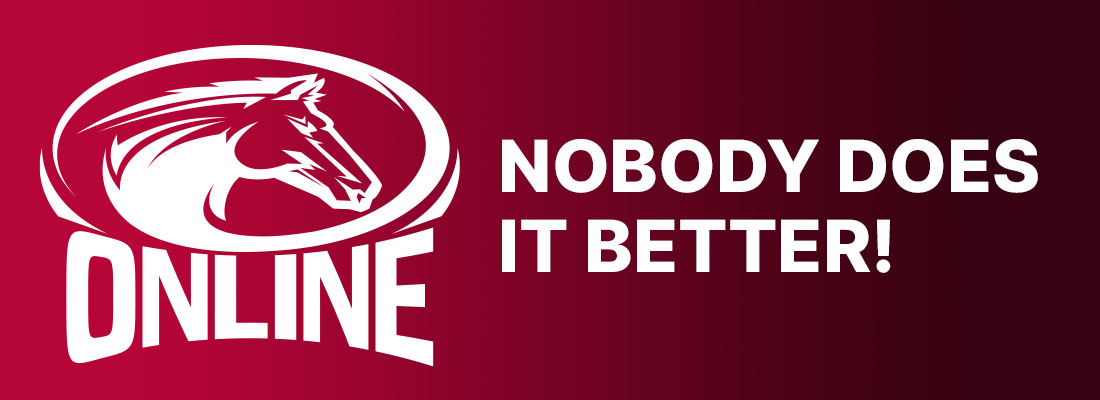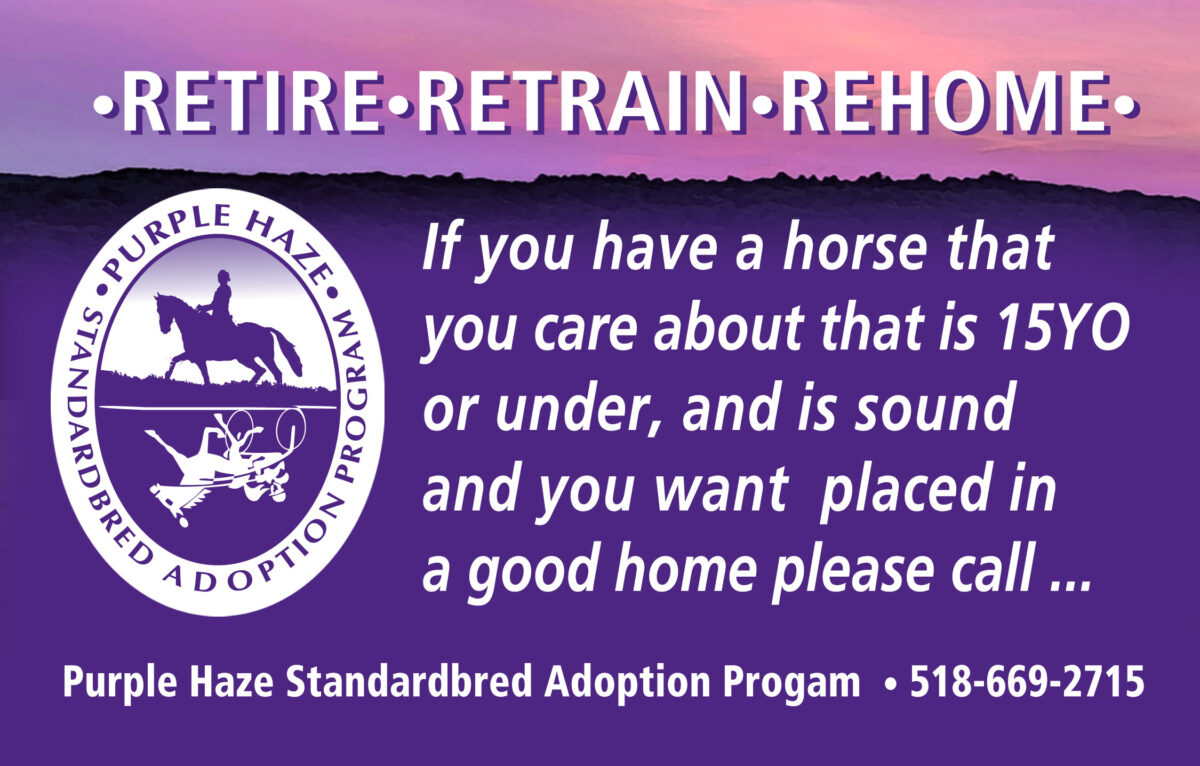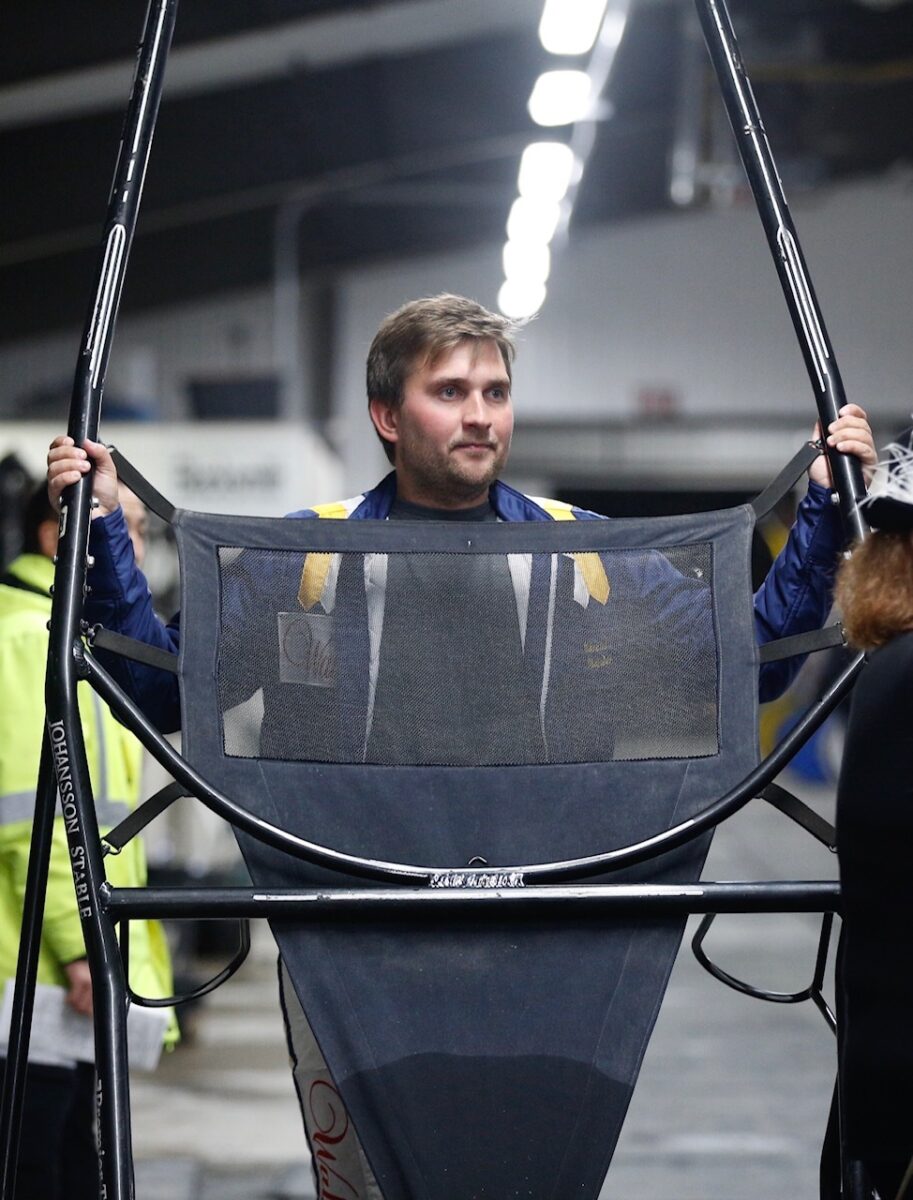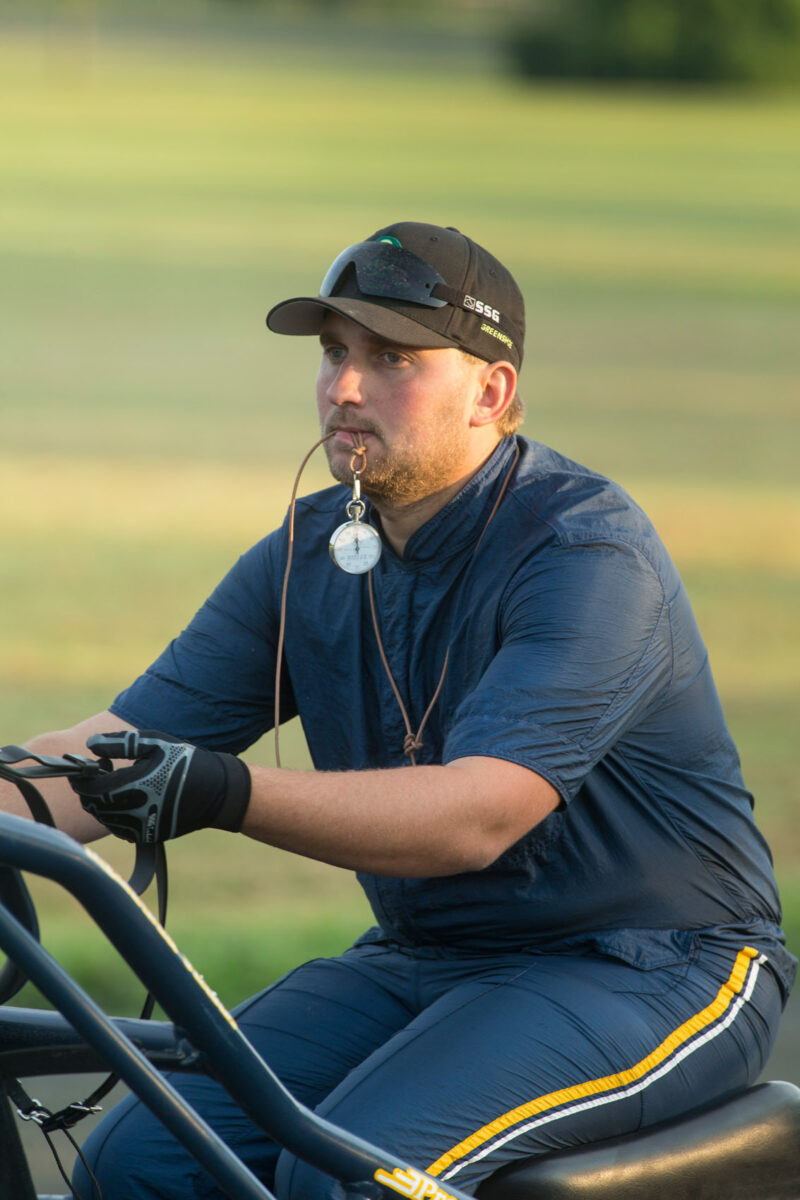If it wasn’t illegal, Marcus Melander would have worked in harness racing before he was 16
by Murray Brown
One could say that it was inevitable that Marcus Melander would become a horseman, and not only a horseman, but an exceptional one!
Based on pedigree and environment, it hardly could have been eclipsed. In terms of pedigree, Melander is the nephew of one of the most renowned and accomplished European horsemen, Stefan Melander. Regarding environment, he grew up in a horse racing family and figuratively “went to school” in two of the most renowned harness racing academies – that of his aforementioned uncle Stefan and of triple Harness Hall of Fame member Jimmy Takter.
Marcus said that he never had any doubt that his vocation would involve training horses.
“I went to school in Sweden until I was 16, because that is the law in Sweden,” Marcus said. “As soon as I was free to leave and begin an apprenticeship with my uncle, I did so.”
You have worked with two of the greatest horsemen of modern times, in two of the leading countries in which harness racing takes place. What are the main differences in the methods employed in Sweden and North America and more specifically by Stefan Melander and Jimmy Takter?
“Relative to Sweden and America, the major difference is in the prevalence and emphasis on 2-year-old racing in America. Two-year-olds are raced in Sweden and throughout Europe, but not as early, nor as often as they are here.
“The training methods are adjusted to the schedules of the horses involved. As an example, we will be starting a good number of our babies here this week. That would be somewhat unheard of in Sweden. The reason, of course is because of racing opportunities. Both the New York and Pennsylvania Sires Stakes will be taking place in a matter of a few weeks. If we want to take advantage of them, we need to have our horses ready. I really don’t believe that it is all that difficult on the horses themselves. Today’s American breed of trotters are so natural and so athletic. They come to their speed when asked for it. The major requirement for trainers is to keep them fit and sound – to build a foundation.
“In discussing Melander and Takter, there is more that these two have in common than what differentiates them. They are both natural horsemen. They have lived around horses all of their lives. The major attribute that they both possess is that they are focused on the horse as an individual. The horse tells them how it should be trained, rather than the reverse. I’ve tried my best to emulate this philosophy.”
When I spoke with you earlier this week, you were in Kentucky setting up shop for a farm and training center which you had purchased. Is it your goal to move your operation from New Jersey to Kentucky?
“No. At least not in the immediate future. But the possibility exists if by some unfortunate circumstances racing on the east coast and most specifically in New Jersey, New York and Pennsylvania should dry up. We have bought the Kentucky farm mostly because so many of our horses are dual eligibles and are likely to race there. To emphasize that point, we had 53 2-year-olds in our stable this year, 46 of them have Kentucky eligibility. Doubtless, some of the others have some Grand Circuit events at The Red Mile where they could race. I felt that it made perfect sense to have an outpost where we could house our horses in proximity to where they are going to race.”
You mentioned 53 2-year-olds in training. How many horses in total do you have?
“We have a total number of 80, the vast majority being 2- and 3-year-olds, with a scattering of some excellent older trotters.”
You have only trotters in the stable. Is there any reason why there are no pacers?
“I suppose the main reason would be found in the ownership makeup of the stable. Most of the owners are European. Of course, pacers are not raced in continental Europe. I certainly would not be adverse to having some pacers to train. If I were presented with that opportunity, I wouldn’t turn it down. History, as with the Nordins and Takters, has shown that we Swedes are able to train pacers as well as trotters.”
Why did you choose to go out on your own in 2015?
“I had worked with Jimmy [Takter] for a year. Between what I was able to assemble in my family and from a few outside owners, we had put together a stable of a dozen head. We went to the sales and bought five or six moderately priced yearlings. We did okay — not great, but not bad. I suppose that if you were looking for a breakout year, there would likely be two of them — the years 2016 and 2017. In 2015, we bought the yearlings Long Tom and Enterprise. Both turned out to be pretty good trotters. Both are standing stud in Ohio. In 2016 we bought Fourth Dimension. He was the Dan Patch winning 2-year-old trotter of 2017. He was Swedish owned and is now standing stud in Sweden.”
Among your owners, you have three of the most prominent in North America. What can you tell us about them?
“We are fortunate to have Anders Strom and his Courant Stable, Lennart Agren’s S R F Stable and Jeff and Michael Snyder among our owners. Between those three entities, I would guess that they are probably involved with two thirds of the horses in the stable. Somewhat notable is that Courant and SRF are Swedish stables racing in America. Our Melander family, my dad Mikael, my mom Madelene, myself, my brother Mattias and my sister Mikaela own all or part of another 10 or more head. Our family horses race under the stable name Holly Lane Stud East.”
You mentioned that your favorite stallion and the one with which you have enjoyed the most success is Chapter Seven. What about him differentiates his foals from those of other horses?
“If I were looking for one single trait, it would be that most of them have great attitudes. Some of them might not have the best gait, some might not be that big, but the vast majority want to do right. That is an intangible quality that few stallions possess. That is what often separates a good stallion from a great one.”
Speaking of Chapter Seven, let’s discuss his son Maryland. He is just about everyone’s pick as the favorite for this year’s Classic races. Why do you consider him to be the very best that you have trained?
“He is truly a great colt. Perhaps he has not started his season as some may have expected, but I’m not in the slightest concerned or disappointed. In his first qualifier, Dexter [Dunn] raced him just as instructed, and as one would use a qualifying event. We just wanted to give him a race.
“Last Saturday in his second qualifier he made a break. Both Dexter and I believe he saw something which may have frightened him. Dexter said he felt great both before and after the break. He felt perfect to me as well. I’m guessing it was just one of those things. We are still on schedule with the first Saturday in August circled on our calendar.”
